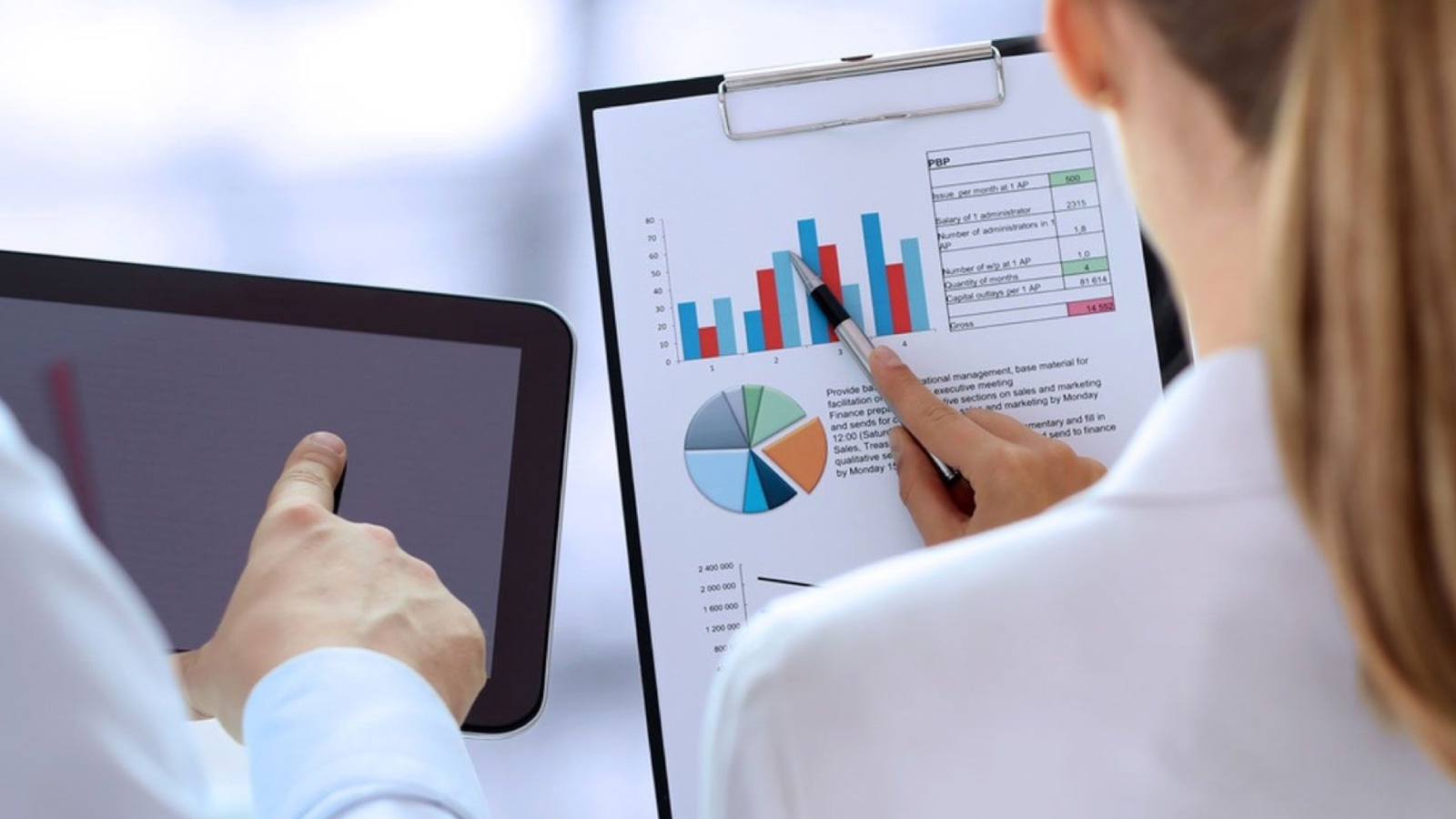
Our latest Expert Speak comes from Pierpaolo Bertocco, CPM Italy, on omnichannel retail and e-commerce.
Insights on Sales
During the Italian event IT’S ALL RETAIL, organized by Brainz, which brought together the main Retail, GDO and Fashion players to talk about challenges and market opportunities, Pierpaolo Bertocco outlined CPM’s point of view on sales in an increasingly phygital context and stressed the relevance of identifying promptly online sales threats and having access to a flow of steadily updated insights on sales.
How are sales changing in an increasingly phygital context?
The increase in online sales due to the restrictions imposed by the pandemic is plain to see.
Over a couple of months, we saw what would normally happen in a few years (5 according to a recent report by IBM). The impact was on the switch between physical and online sales on one hand, and on the driver of the transformation on the other. To explain; until a few months ago digital sales were driven by technology and companies. The Big players (Amazon, Alibaba, etc) first, followed by sector companies, have made available e-commerce and delivery platforms and services, anticipating a latent need for most consumers, except perhaps the big cities and the youngest generations. With the pandemic the consumer is more and more the decision-maker, he/she is the hare or rather the conductor.
An orchestra conductor who has made the smartphone their baton, directing their purchasing decisions based on ratings, reviews and of course, the availability of product information.
The change in buyer behaviour
According to a study by the Politecnico of Milan University and the research institute Nielsen, 58% of individuals that bought online had not done so before. Furthermore, 83% of these stated that they would continue to buy online even post-Covid. The percentage of online buyers goes up to 80% if we consider the European data of Detail’s study done in partnership with Kantar. We all know that e-commerce has seen a significant increase in sales, especially in the first weeks of the lockdown - 81% more than in 2019, according to data reported by Nielsen - this trend is confirmed: IBM stated that purchases in department stores will decrease by 60% at the end of the year, while e-commerce would grow by around 20%. Additionally, 80% of shoppers consult their smartphones on purchases they’re about to make in a physical store.
What we see at CPM, not only in Italy but through comparison between the countries in which we operate internationally, is that the near future represents a great challenge for the CEOs of every sector and even more so for Sales Directors. In the coming months, they will find themselves having to understand how to manage a strong change in the weight of purchase channels, and consequently in the distribution chain and particularly of their mindset and their digital skills. And, of course, omnichannel. This is a race with no finish line.
The transition from retail to e-commerce
The pandemic has accelerated the transition from retail to e-commerce: making sure that your products are visible on the channels of online retailers has become even more crucial. What can be done?
Common practices for physical retail, such as monitoring and developing stock levels, product availability, consumer information, and last but not least, sales and competitors’ audit, have moved massively online, for the reasons mentioned before. Those brands that use retailers (primarily Amazon but also other e-commerce retailers), rather than their own platforms, often have to - it seems nonsense - check by hand, maybe sample by sample, what happens to their online offer.
The product search landscape is changing and being visible in Google is no longer enough. Retailers have become complex search engines using algorithms to rank products on the digital shelf. Furthermore, retailers are willing to have (and display) the largest selection of products. Within this context, imagine a product, perhaps food specifically for intolerances with the wrong description, or a fake brand product sold by third parties, or trivially indexed on the parameters of size and characteristics (a smart tv for example) which therefore does not appear in the search by potential shoppers. This is easy to image. However, it’s not as easy to image the potential loss of business, especially if the consumer tastes the product offline and then buys it online, maybe even while they are in the store.
Maximise your online sales
There are some platforms that support online product management on all aspects mentioned above and Detail is the partner that CPM uses to maximize product visibility, monitor sales and, ultimately, help to push online sales. "Polite" Spyders work at night when there is less traffic, adapting to the time zones of each country, without disturbance, and returning daily the point of the situation allowing the leadership to remedy or make informed decisions.
An example? On average, even before the pandemic, 40% of online products were categorized incorrectly3 or sold out, resulting in a reduction in potential sales. And it’s not hard to imagine how this data has potentially increased with the pressure to which online retailers were subjected during the lockdown and in the following months.
In the end, only with a constantly updated analytical insights framework can you identify lost sales opportunities and act as quickly as possible to turn them into profit.
Contact us if you would like to know more about Retail Innovation


 2 minute read
2 minute read


